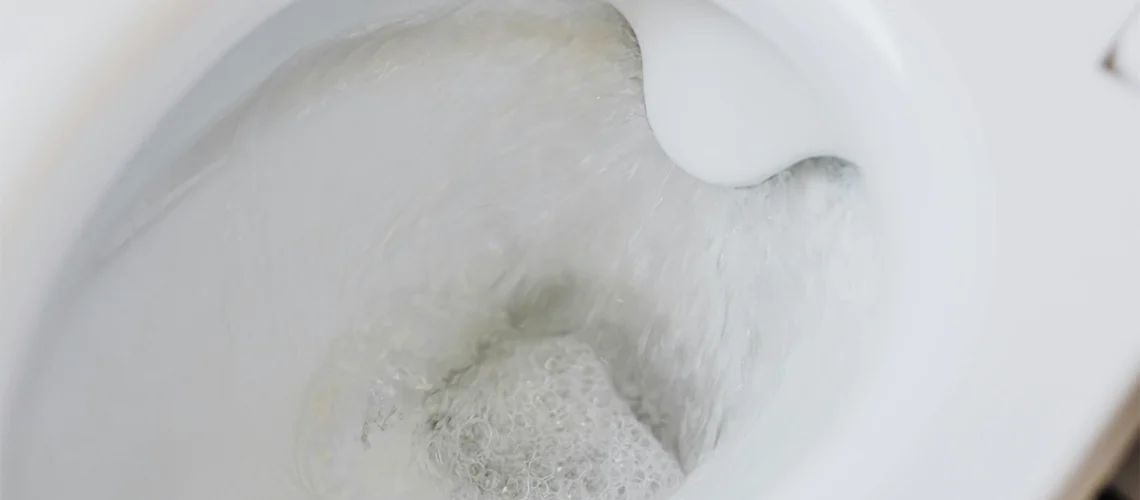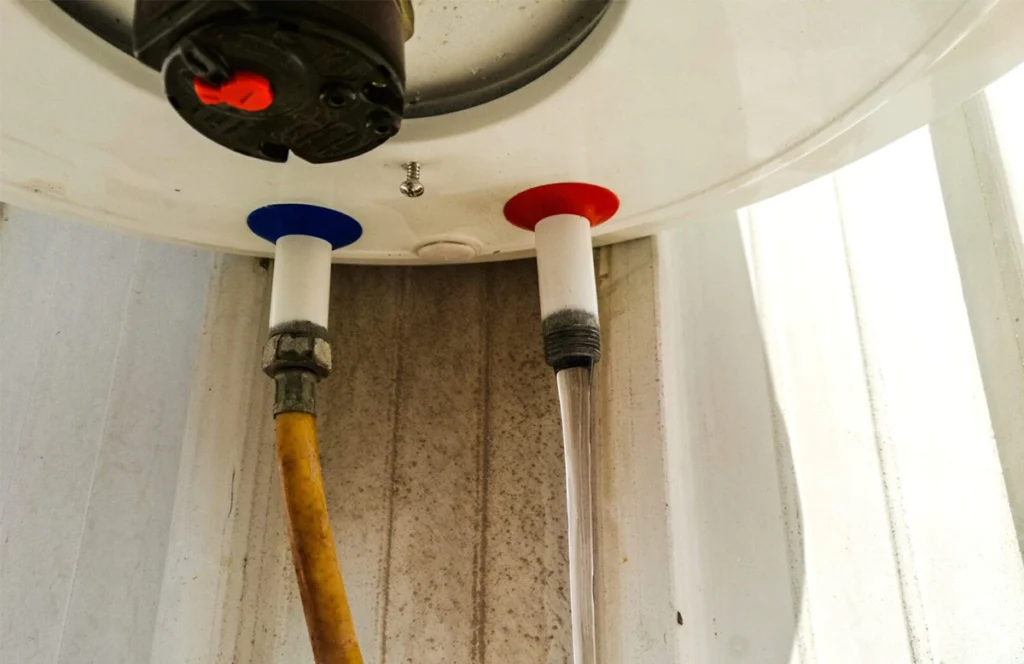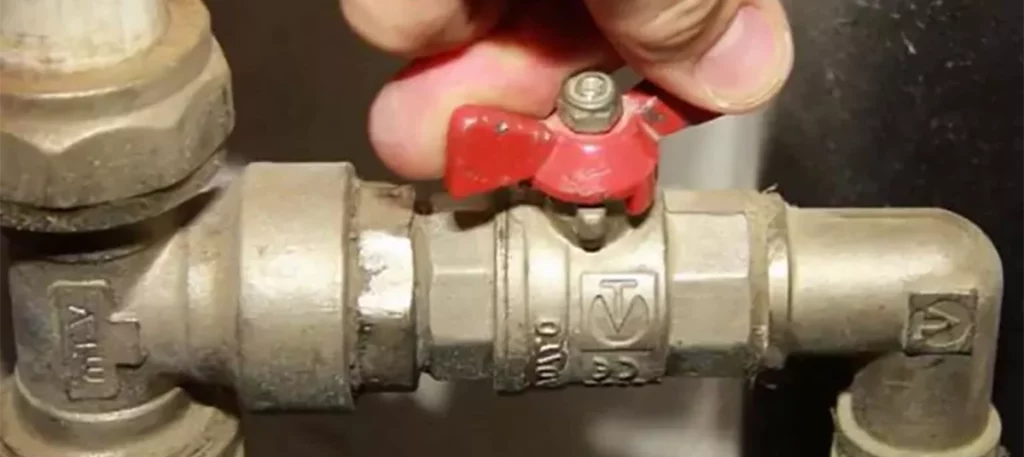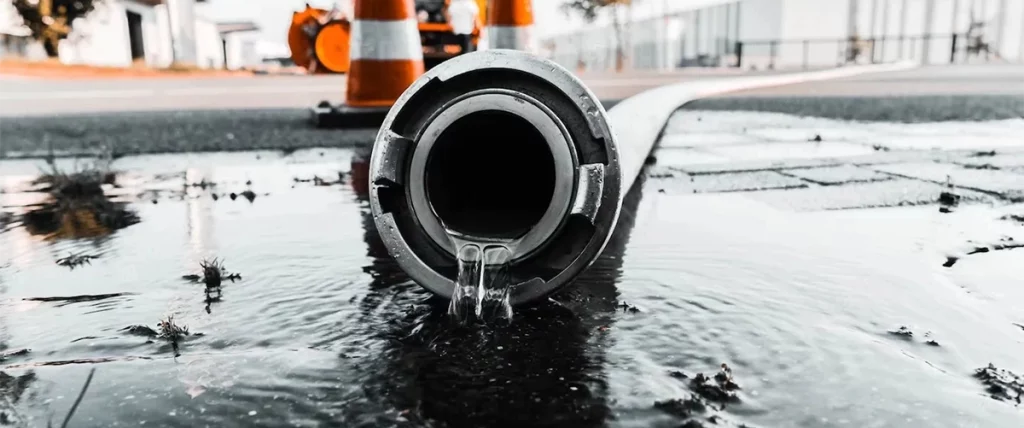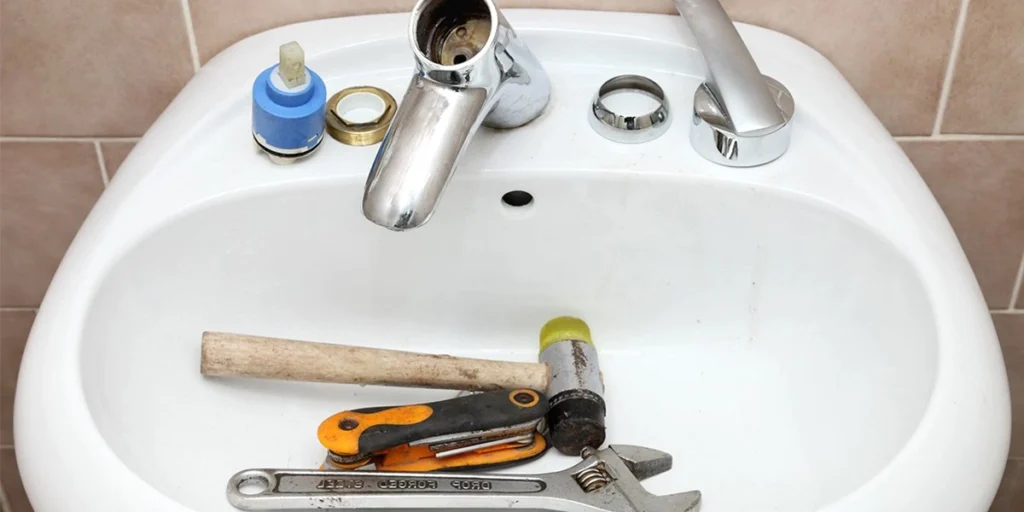A constantly running toilet can be both frustrating and costly, as it wastes water and increases your utility bills. Understanding the causes behind this issue can help you identify and fix the problem efficiently. Below are some common reasons why your toilet may be running continuously and how to address them.
Contents
1. Faulty Flapper Valve
The flapper valve controls the release of water from the tank to the bowl. If it’s not sealing properly, water will continuously leak into the bowl, causing the toilet to run.
How to Fix:
- Check if the flapper is worn out or damaged.
- Replace it if necessary by purchasing a compatible flapper from a hardware store.
- Ensure the chain connecting the flapper to the flush handle is the correct length—not too tight or too loose.
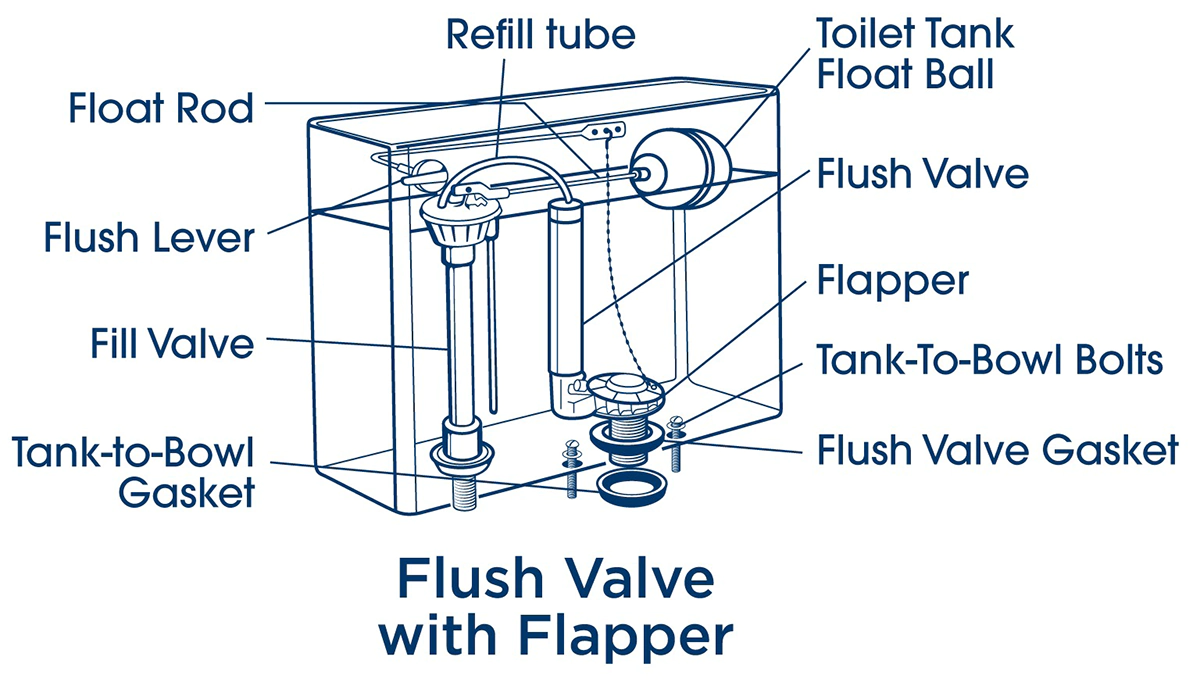
2. Float Height Issues
The float in your toilet tank controls the water level. If it’s set too high, excess water flows into the overflow tube, causing the toilet to keep running.
How to Fix:
- Adjust the float height by turning the screw on the fill valve or bending the float arm slightly downward.
- Ensure the water level is about 1 inch below the overflow tube.
3. Leaky Fill Valve
The fill valve is responsible for refilling the tank after a flush. If it’s malfunctioning, water may continuously flow into the tank and out through the overflow tube.
How to Fix:
- Turn off the water supply to the toilet.
- Inspect the fill valve for wear or leaks.
- Replace the fill valve if necessary by following manufacturer instructions.

4. Damaged Overflow Tube
If the overflow tube is cracked or broken, water may continuously leak out, preventing the tank from filling properly.
How to Fix:
- Inspect the overflow tube for cracks or damage.
- If it’s damaged, replace it with a new one from a plumbing supply store.
5. Chain Problems
If the chain connecting the flush handle to the flapper is too short or tangled, it may prevent the flapper from sealing properly.
How to Fix:
- Adjust the chain length so there’s a slight slack when the flapper is closed.
- Ensure the chain isn’t caught under the flapper.
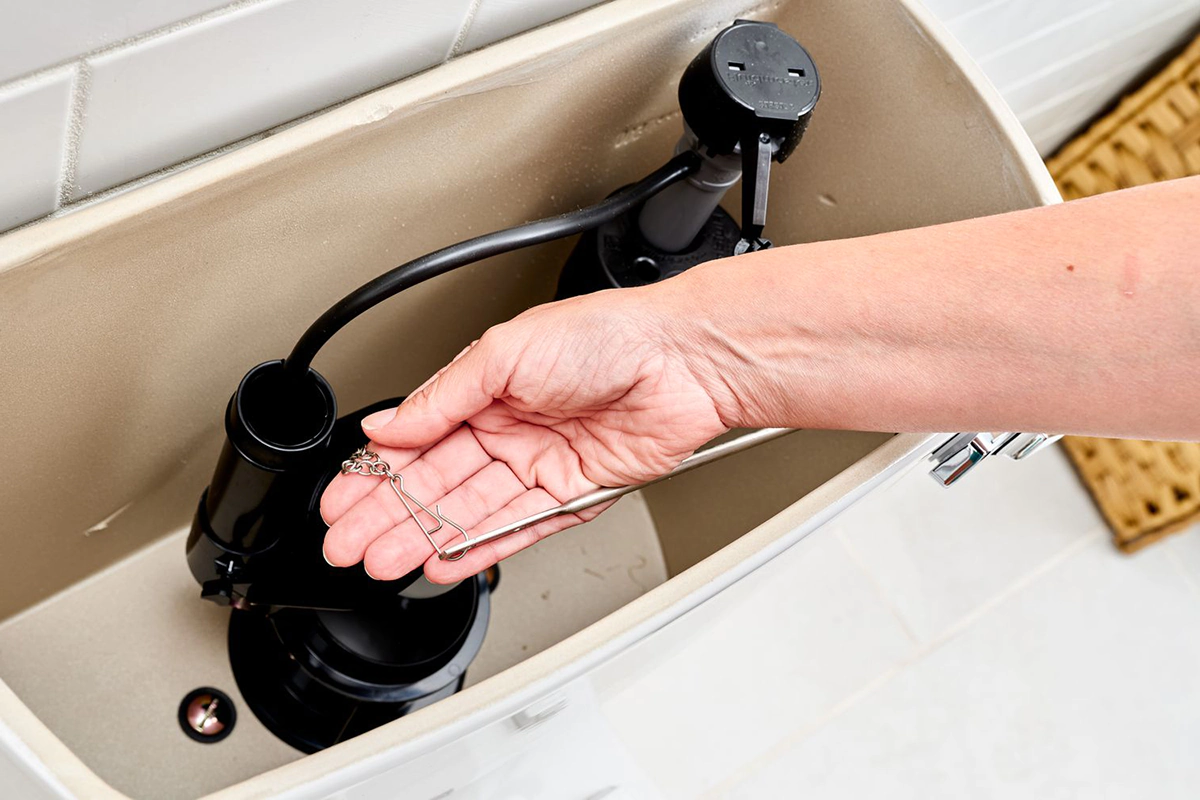
When to Call a Plumber
If you’ve tried these fixes and your toilet is still running, it may be time to call a professional. A plumber can identify deeper issues, such as problems with internal plumbing components or water pressure irregularities.
Conclusion
A running toilet can waste gallons of water per day, leading to higher bills and potential water damage. By identifying the root cause—whether it’s a faulty flapper, a misadjusted float, or a damaged fill valve—you can fix the issue quickly and prevent further waste. Regular maintenance and timely repairs will help keep your toilet functioning efficiently.
FAQs
A running toilet is usually caused by a faulty flapper valve, an improperly adjusted float, a leaky fill valve, or issues with the overflow tube. Identifying the specific cause can help determine the right fix.
If your toilet continuously runs or flushes weakly, the flapper may not be sealing properly. You can check by adding food coloring to the tank—if the color appears in the bowl without flushing, the flapper is leaking.
You can adjust the water level by:
• Turning the adjustment screw on the fill valve (for newer toilets).
• Bending the float arm slightly downward (for older toilets with ball floats).
• Ensuring the water level is about an inch below the overflow tube.
A running toilet can waste anywhere from 200 to 1,000 gallons of water per day, significantly increasing your water bill. Fixing the issue promptly can save water and reduce costs.
While a running toilet typically doesn’t cause immediate structural damage, excessive water waste can increase humidity levels and, over time, contribute to mold growth or plumbing issues.



